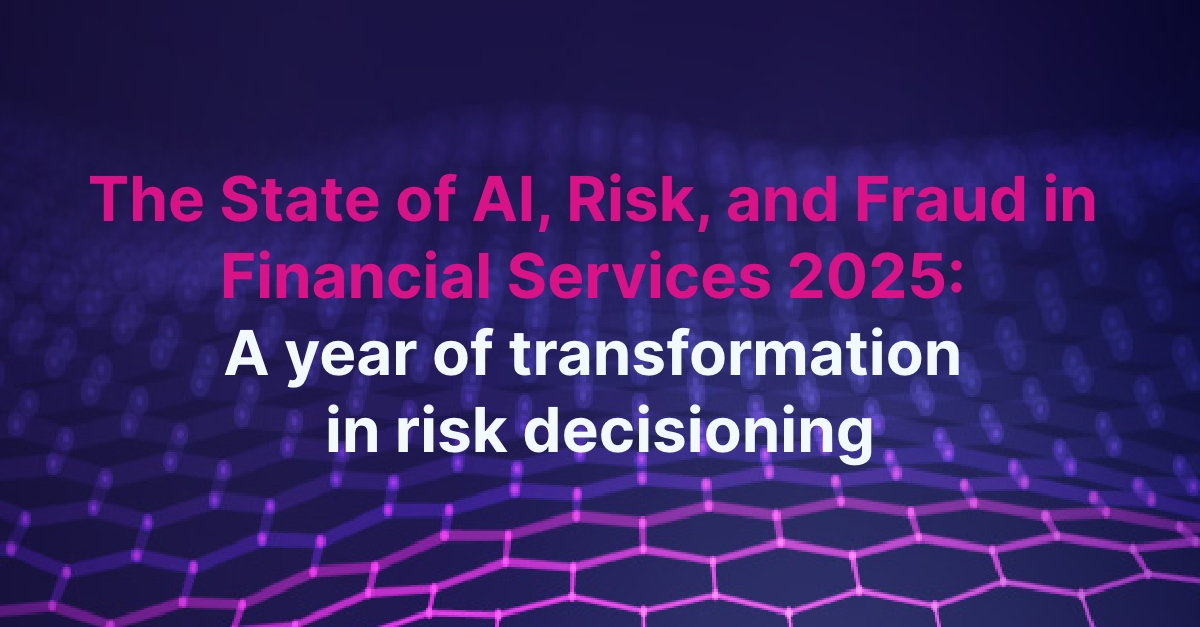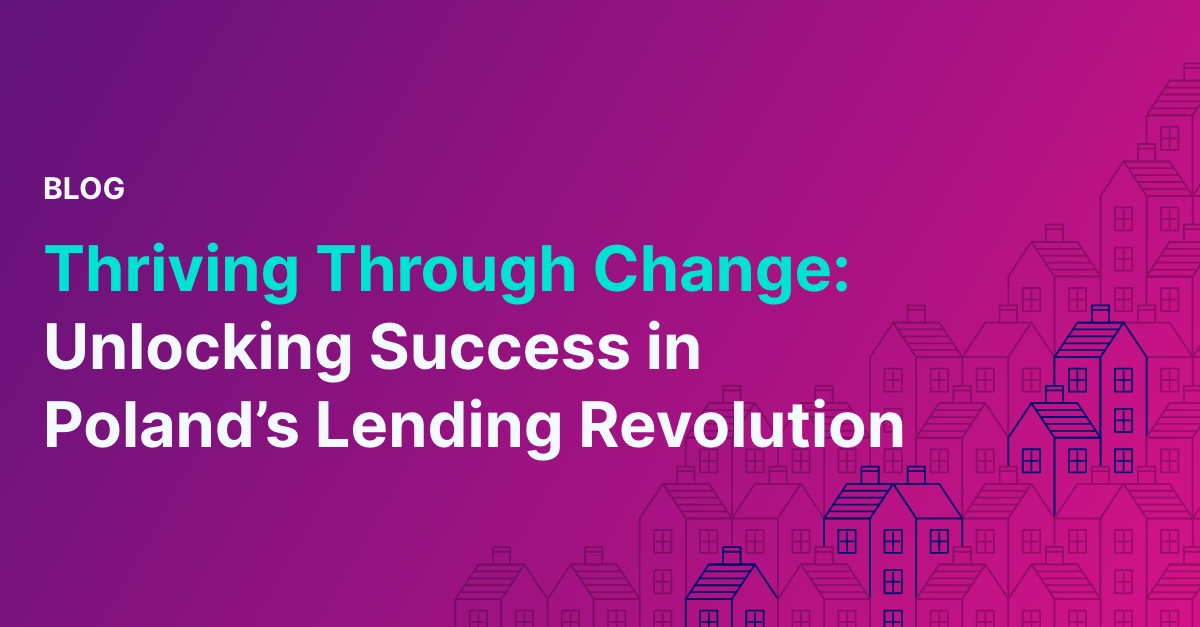BLOG
APAC’s Top Fintech Trends to Watch
Asia Pacific (APAC) is home to diverse markets with different levels of maturation. But whether the market is emerging or mature, fintech innovation is booming across the region. Fintechs had their strongest year yet in 2022, with a record-breaking $50.5 billion invested into the industry – this level of investment is propelling APAC’s continued growth even when other regions are seeing slowdowns.
So what are the ideas driving this growth? Where is disruption happening now and where can we expect to see it develop as technology progresses? Provenir’s Bharath Vellore shares his insights on APAC’s hottest trends to watch for Indonesia, Malaysia, Singapore, the Philippines, and Australia.
Indonesia: Buy Now, Pay Later (BNPL)
Why has BNPL had such success in Indonesia? It has helped the country to fill a significant lending gap. Nearly 65% of the population is unbanked and credit card penetration is in the low single digits – the need for financially inclusive credit is broad. And the ways BNPL is being used are broad as well. Similar to usage around the world, the payment option is now breaking up the lowest value grocery runs and other everyday transactions to expensive luxury retail purchases.
Some fintechs pushing forward Indonesian BNPL include:
Malaysia: Digital Banking
Provenir partner Credolab agrees, also pointing out the importance of fraud mitigation:
“A digital banking transformation is accelerating in Malaysia, amid stiff competition from other countries in the region. To manage the associated fraud risks, banks offering digital services will have to take appropriate measures and collaborate with best-of-breed Fintechs to help fight fraud.”
The financial groups launching banks are:
The biggest opportunities for innovation in embedded finance include instant payments, cross-border transactions, and micro lending. Embedded finance products for SMEs are also gaining traction, helping small businesses with accounting and managing ledgers, while providing working capital loans. Micro credit loans, such as retail financing for e-commerce, merchant loan offers based on sales volumes, and embedded payment options in apps are streamlining financial products into everyday processes and changing the way consumers are engaging with money.
These fintechs are embedding themselves as top embedded finance providers in Singapore:
Micro, small, and medium-sized businesses are the lifeblood of the Philippine economy. Almost 36% of the GDP is generated by the SME sector and 63% of workers in the country work at one. Despite the enormous presence in the country, SMEs remain largely underfinanced, which limits their – and the economy’s – ability to grow. Enter: fintechs.
As digital loans are becoming a more viable and attractive option, fintechs are extending credit to SMEs through online platforms that small business owners can access from anywhere in the country. As big data becomes more available, SME lenders are able to tap into that ecosystem to build alternative credit scoring models. There is not great coverage from the bureau point of view, as the majority of SMEs have thin files or no credit report at all, so the lack of financial data is a huge gap for traditional lenders who don’t have enough information to make accurate decisions. Big data is providing access to alternative data such as customer reviews, income flows, and more to make lending decisions – this area is primed for significant growth.
Companies driving SME lending innovation include:
Provenir partner SEON highlights the importance of payment speed as well:
“Open banking allows innovation in multiple areas, including payments, credit checks, loan applications, and more. The most exciting is open banking payment initiation, which provides instant access to cash flow on a faster payment rail (funds sent and received in 2-10s) at a fraction of the cost of credit cards.”
Active data recipients in Australia include:







